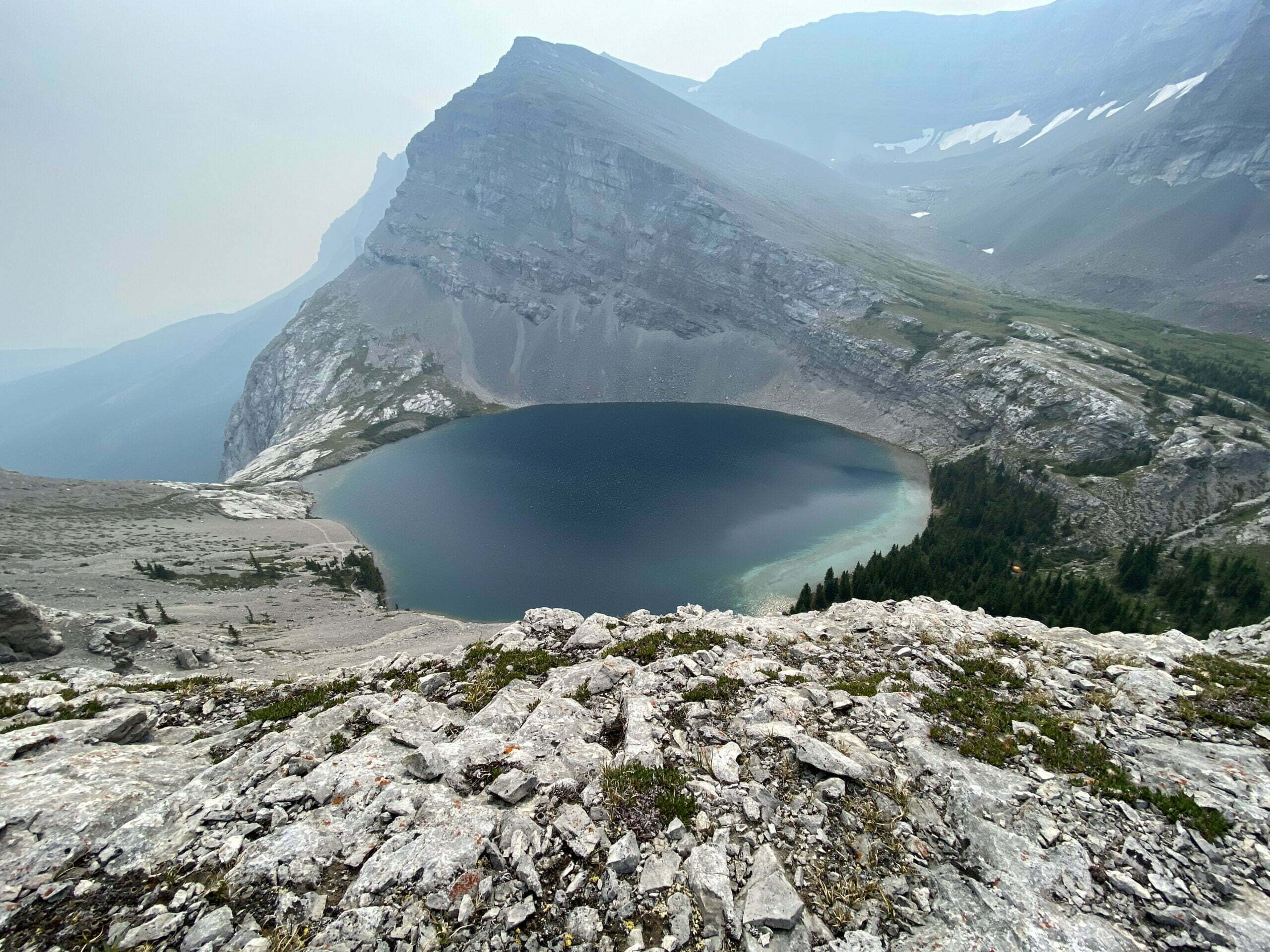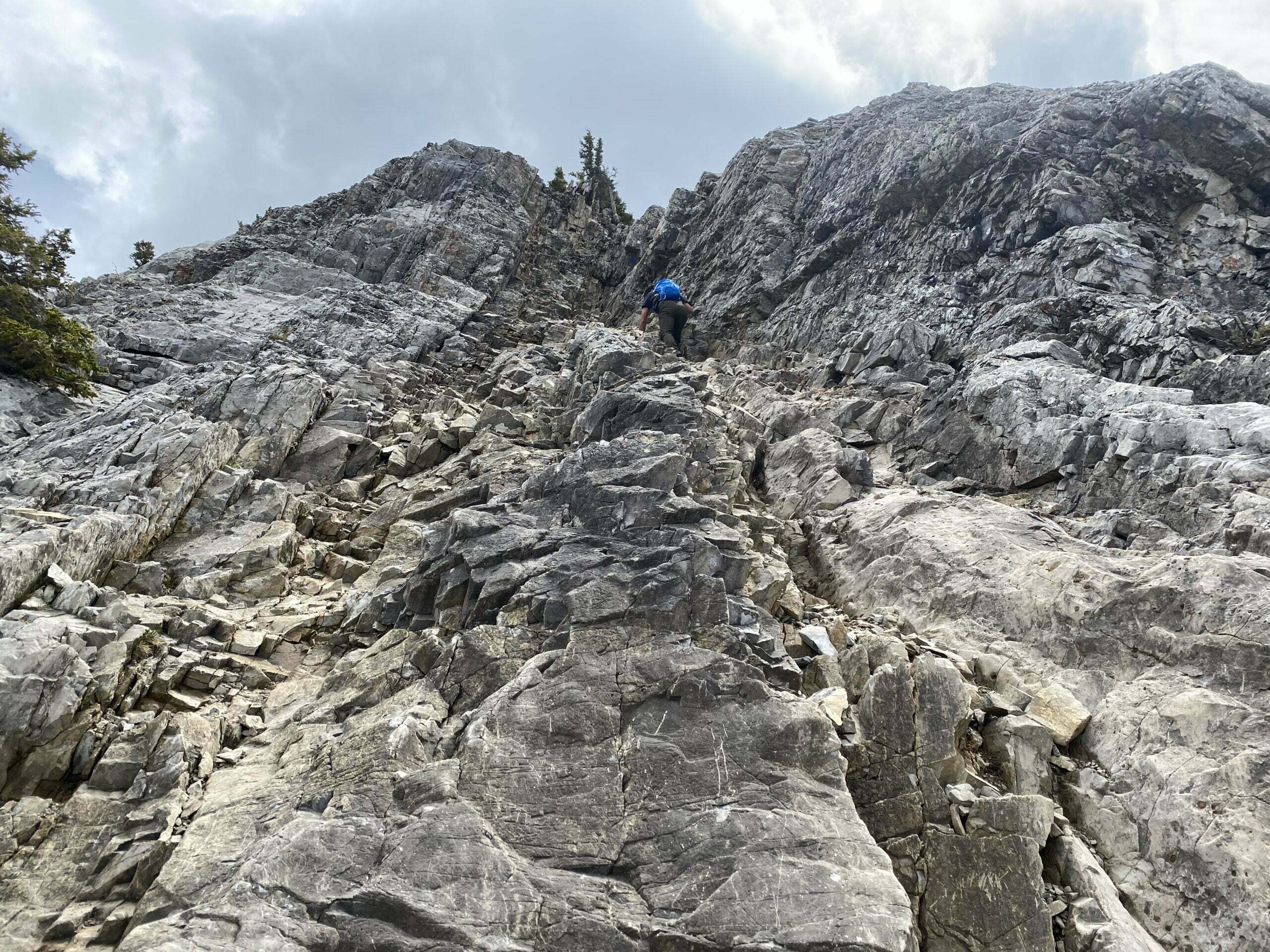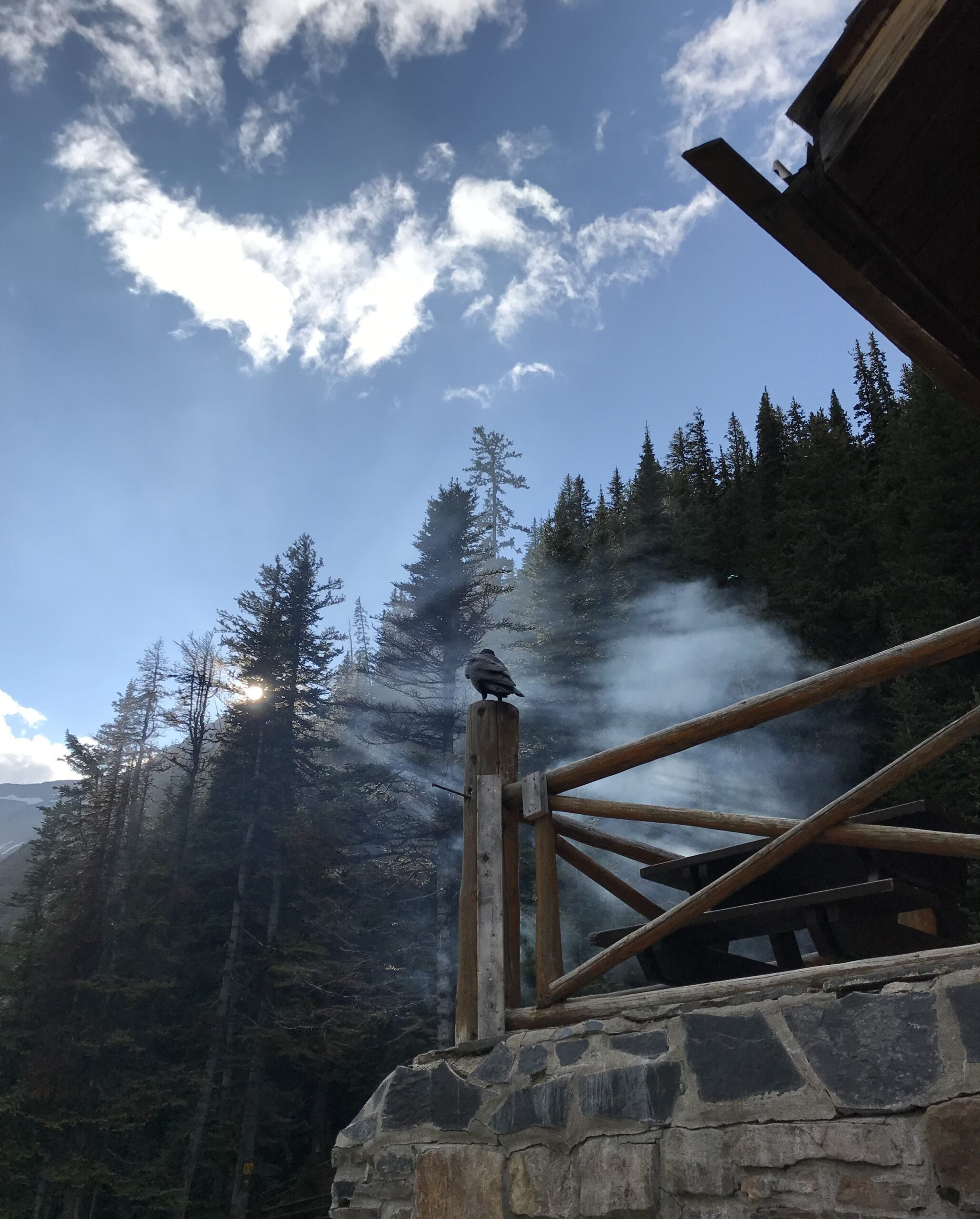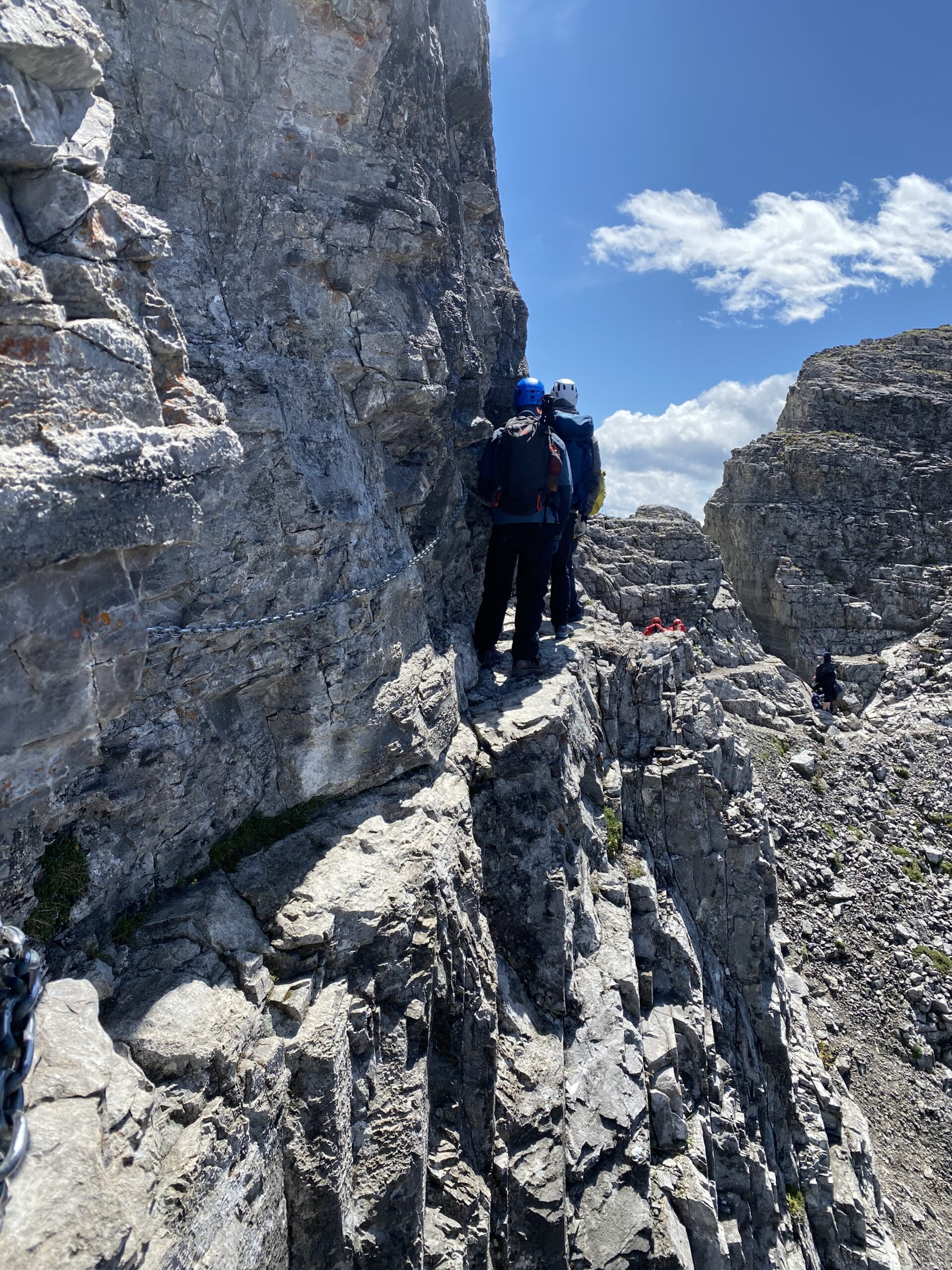Hiking & Scrambling
Everything You Wanted To Know
Hiking
Hiking is a recreational activity that involves walking in natural outdoor environments, typically on trails or paths in mountains, forests, or parks. It is a way to explore and connect with nature, providing opportunities for exercise, fresh air, and solitude. Hikers often enjoy the beauty of landscapes, encounter wildlife, and appreciate the tranquility of being away from urban areas. It can be a solo adventure or a social activity with friends and family. Hiking allows people to challenge themselves physically, mentally, and emotionally while immersing themselves in the wonders of the natural world. If you’d like to learn more about gear and resources please click on the link.
Scrambling
Scrambling, in the context of hiking, refers to a more challenging and technical form of hiking where hands and feet are required for upward progress. It often involves climbing over rocks, boulders, or steep terrain that may not have a clearly defined trail. Scrambling can require careful route-finding, problem-solving, and using basic climbing techniques such as using handholds and footholds to navigate the terrain. It is a step up from regular hiking in terms of difficulty and requires a certain level of physical fitness, agility, and comfort with exposure to heights. Scrambling can add an element of excitement and adventure to hiking, providing a thrilling experience for those seeking more challenging outdoor pursuits.
What is Hiking & Scrambling


Levels of Hiking & Scrambling
Difficulty
The difficulty of a hike or scramble can be measured by considering several factors:
1. Distance: The length of the trail or route is a basic indicator of difficulty. Longer distances generally require more endurance and time commitment.
2. Elevation Gain: The total ascent or gain in elevation along the hike or scramble can provide an idea of how steep and challenging the terrain may be.
3. Terrain: The type of terrain encountered, such as rocky, uneven, or slippery surfaces, can impact the difficulty level. Steep slopes, loose scree, or exposed sections add complexity.
4. Technical Skills: Scrambling often involves the need for basic climbing techniques, such as using hands and feet to navigate tricky sections. The presence of technical moves or the need for specialized equipment can increase difficulty.
5. Route Finding: Difficulty can arise if the trail or route is poorly marked, involves multiple junctions, or requires navigation skills to stay on track.
6. Exposure: The degree of exposure to heights or the presence of precipitous drop-offs along the trail can contribute to the overall difficulty and may require a higher level of comfort and confidence.
7. Weather Conditions: Weather conditions, such as extreme temperatures, rain, snow, or strong winds, can significantly impact the difficulty and safety of a hike or scramble.
It is important to note that the difficulty level can be subjective and may vary depending on individual fitness, experience, and personal comfort levels. It is always recommended to consult guidebooks, trail reports, or local experts for accurate assessments of difficulty before attempting a hike or scramble.


Classes of Scrambling
Scrambling difficulty is often categorized into different classes to provide a general indication of the technical skills and challenges involved. While different sources may use slightly different classifications, here is a commonly used grading system for scrambling:
1. Class 1: Easy Scrambling – This level typically involves straightforward terrain with minimal exposure to rocks or roots. No specialized climbing skills or equipment are required.
2. Class 2: Moderate Scrambling – Moderate scrambling often includes steeper and more challenging sections. Route finding may be necessary. There can be exposure to heights.
3. Class 3: Difficult Scrambling – Difficult scrambling involves more technical skills and may involve exposed terrain. As soon as you have to use your hands it is considered class 3. Climbing skills, including using handholds and footholds, may be required on steep or more challenging sections. A fall on a class 3 scramble would not be considered fatal. Confidence with exposure to heights is important.
4. Class 4: Very Difficult Scrambling – Very difficult scrambling requires advanced climbing skills and experience. It often involves sustained and exposed sections. A fall would be considered life threatening at class 4. These scrambles can be physically demanding and may require route-finding expertise.
It’s important to note that the grading system can vary regionally and is subjective to some extent. Conditions, weather, and individual capabilities should always be considered when assessing the difficulty level of a scramble. It’s advisable to consult guidebooks, local experts, or experienced climbers who are familiar with the specific area to get the most accurate information.
What are you waiting for?
Your Next Adventure Is Right Around The Corner





